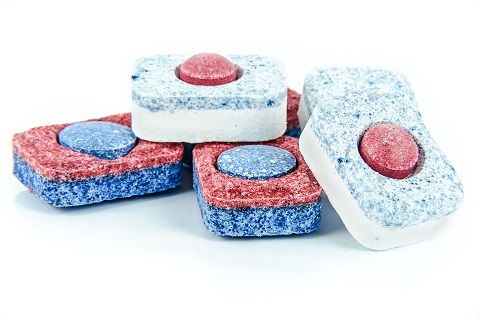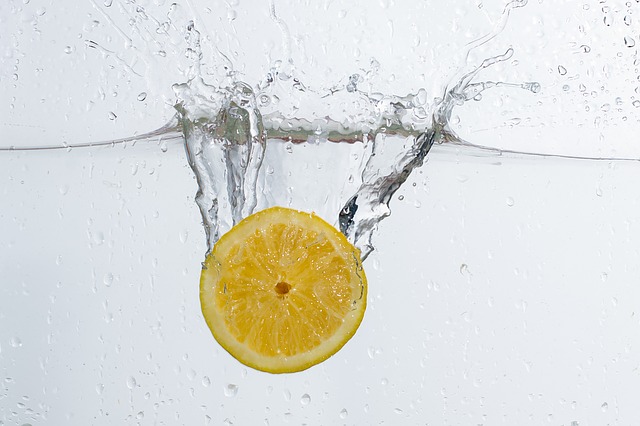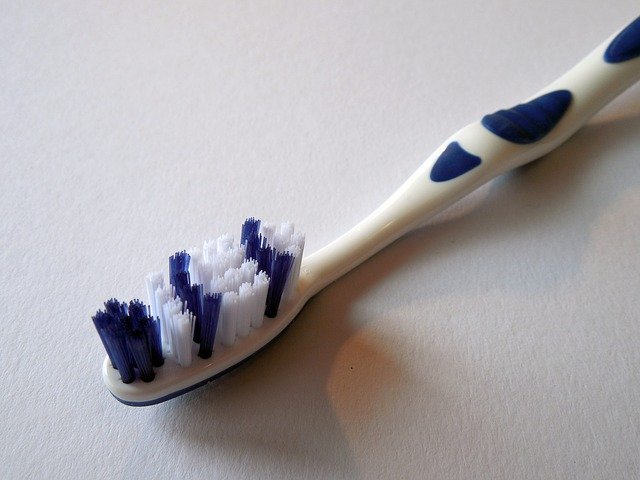Ah, oven cleaning. The culinary equivalent of tooth extraction: terrifying and painful but ultimately a necessary evil.
It’s a chore that nobody looks forward to but, as responsible adults, we are naturally faced with every once in a while, particularly those that own their own home.
As such, any oven cleaning tips to make the task easier are always welcome, in our book.
Well, would-be oven cleaners, you’re in luck. We’ve got three handy hacks that will leave your oven looking good, smelling good and performing on all levels.

Attack the Rack
When it comes to restoring your oven rack back to its former glory, this next trick may seem like a bit of a half-baked idea, but trust us – it works!
The best way to attack your rack is with a nice, relaxing soak in the bath. Not for you, but for your dirty oven racks – so don’t pour yourself a glass of red and light those candles just yet.
First, wrap your racks in foil so they are completely covered. Then, run a hot bath deep enough to cover the racks and simply leave to soak with a dishwasher tablet for at least two hours.
Once the two hours plus have expired, simply unwrap the racks, give them a wipe down and bask in their greaseless glory!

When Life Gives You Lemons
While the sweet scents of roasting chicken and freshly baked cakes can be wonderful aromas to have floating around the kitchen, the same can’t quite be said for oven dwelling fish and baked-on cheese.
Luckily, when it comes to ridding your kitchen of those latter nasty smells, the solution is surprisingly easy, without a chemical cleaner in sight.
The citric power of lemons and oranges are more than enough to combat your oven’s nasal nuisances, while vanilla extract also makes for a fantastic natural odour-eater.
Best of all, each method is incredibly simple! Simply pick your weapon of choice and get to it! For the complete step-by-step of each, head over to our blog on getting rid oven smells and see for yourself.
Let Off Some Steam
Now, time for the main event – cleaning the inside of the oven.
When it comes to rolling up your sleeves and getting down to the nitty-gritty, this next hack will make life a lot easier. Best of all, it requires very little effort at all!
Fill an oven-proof dish about 1/3 of the way up with hot water. Next, add an equal amount of white vinegar to the bowl, mix and place in the oven.
Ramp up the heat to 180°, close the door and allow the mixture to come to the boil, cutting off the heat once it does.
Open the door and spray the inside of the oven with a 50/50 solution of warm water and white vinegar. Leave to sit for at least 30 minutes, allowing the oven to cool down at the same time.
Once the oven has cooled down, get to work on the grime by wiping down the inside. The residue should now be loose, allowing you to clean with ease.

Utilise Your Old Toothbrush
As far as oven cleaning hacks go, this one is sure to shed hours off the snooze-worthy scrubbing!
Grab your old toothbrush, dip it in your chosen oven cleaning solution and get to work on the cracks, crevices and corners.
The small head and soft bristles are great at removing baked-on dirt without tarnishing your oven's interior.
Once you're finished, pop your old toothbrush under the kitchen sink ready for the next oven cleaning occasion, or (if it's really destroyed) chuck it away - you wouldn't want it ending up in the bathroom by accident would you!)
Take Mrs Hinch's Oven Cleaning Advice!
If you don't know who Mrs Hinch is, you need to get to know. She's basically the cleaning goddess, so if anyone can help you get your oven clean - it's her.
Mrs Hinch uses an abrasive cream cleanser called the Pink Stuff to clean her oven, and the results are spectacular!
Simply apply the paste all over your oven and gently massage it into tough stains and grease. Then, using a cleaning cloth or nylon scourer, remove the paste (and all the dirt with it!).
For more top oven cleaning tips, check out our blog on our “How to Clean an Oven” blog for the full rundown. For any other enquiries, call now on 02920 452 510 or click below to get in touch online.
Contact Us